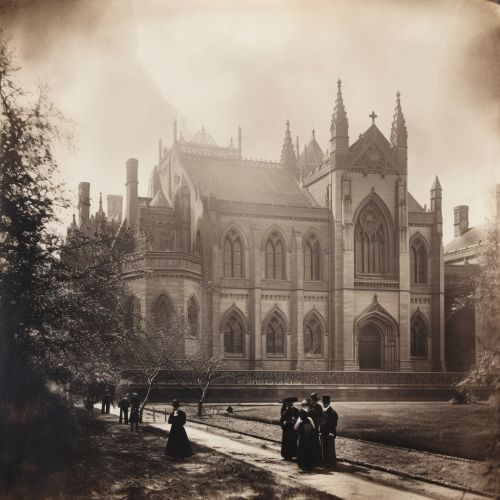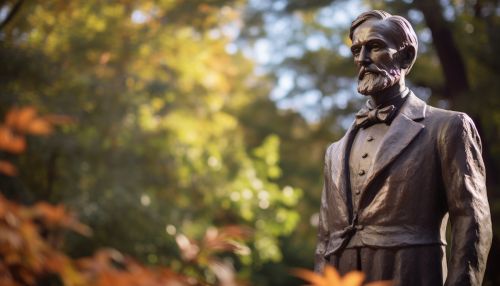Josiah Willard Gibbs
Early Life and Education
Josiah Willard Gibbs was born on February 11, 1839, in New Haven, Connecticut. He was the fourth of five children and the only son of Josiah Willard Gibbs Sr., a professor of sacred literature at Yale Divinity School, and his wife Mary Anna, née Van Cleve. From a young age, Gibbs showed a strong inclination towards the sciences, a trait that was nurtured by his father's academic background.
Gibbs attended the Hopkins School, a private institution in New Haven, where he excelled in mathematics and Latin. In 1854, at the age of 15, he entered Yale College, where he studied a broad range of subjects, including Latin, Greek, Mathematics, and Natural Philosophy. He graduated in 1858 with first-class honors.


In 1863, Gibbs received a doctorate in engineering from Yale, becoming the first person in the United States to receive such a degree. His doctoral thesis, titled "On the Form of the Teeth of Wheels in Spur Gearing", was a mathematical analysis of mechanical gears, a topic that was unusual for a doctoral thesis at the time.
Career and Contributions to Science
After receiving his doctorate, Gibbs spent three years in Europe, studying at the University of Paris, the University of Berlin, and the University of Heidelberg. During this time, he was exposed to the works of leading European scientists, including James Clerk Maxwell, Rudolf Clausius, and Hermann von Helmholtz, which greatly influenced his later work.
Upon his return to the United States in 1869, Gibbs was appointed as a tutor at Yale. In 1871, he was promoted to the position of professor of mathematical physics, a position he held until his retirement in 1903.
During his tenure at Yale, Gibbs made significant contributions to the field of thermodynamics, a branch of physics that deals with heat and temperature and their relation to energy and work. His most notable work in this field was the development of the Gibbs free energy equation, which is used to predict the feasibility of a chemical reaction under constant temperature and pressure conditions.
In addition to his work in thermodynamics, Gibbs also made significant contributions to the field of statistical mechanics, a branch of physics that uses statistical methods to explain the behavior of a large number of particles. His work in this field laid the foundation for the development of quantum mechanics in the early 20th century.
Later Life and Legacy
Gibbs retired from Yale in 1903, but continued to contribute to the field of science until his death on April 28, 1903. His work has had a profound impact on the field of physics, and he is often considered one of the greatest American scientists of the 19th century.
In recognition of his contributions to science, Gibbs was awarded the Copley Medal by the Royal Society in 1901. He was also elected a member of the National Academy of Sciences in 1879, and a foreign member of the Royal Society in 1897.
Today, Gibbs is remembered for his pioneering work in thermodynamics and statistical mechanics. His work continues to be a fundamental part of modern physics and chemistry curricula, and his methods and equations are still widely used in scientific research.


